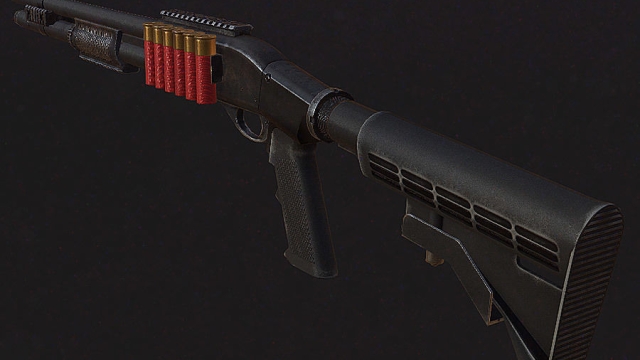Firearms have long been a subject of great debate and controversy, conjuring up both awe and concern. From their inception, firearms have had a profound impact on human history, shaping the outcomes of battles, revolutions, and conflicts. These powerful devices, designed to project force and inflict damage, have played a significant role in warfare, self-defense, and sport. As we delve into the world of firearms, we will explore the intricacies of their design, the various types of ammunition that fuel them, and the legal and ethical considerations they raise. Join us on this journey as we unlock the mysteries and intricacies of the fascinating world of firearms.
Understanding Ammunition
Ammunition plays a crucial role in the world of firearms. It is the essential component that converts the potential energy stored within a firearm into a powerful force. Understanding ammunition is imperative for anyone venturing into the realm of firearms.
Ammunition consists of various components, including a cartridge case, a primer, gunpowder, and a projectile. The cartridge case, typically made of brass or steel, houses the other components and provides a secure chamber for the ignition process. The primer, located at the base of the cartridge case, is a small metal cup containing a sensitive explosive compound. When struck by the firing pin, it ignites and initiates the chain reaction.
Gunpowder, also known as propellant or powder charge, is the driving force behind ammunition. It is a carefully measured amount of combustible material that rapidly burns when ignited. This controlled burn generates a large volume of gas, rapidly building pressure within the cartridge case.
The projectile, commonly referred to as a bullet, is the component that is propelled out of the firearm. It is typically made of lead or a lead-core surrounded by a copper jacket. The shape and design of the projectile influence its flight characteristics and terminal effects upon impact.
In conclusion, ammunition is the heart and soul of firearms. It comprises various components working together harmoniously to deliver controlled power and force. Familiarizing oneself with the intricacies of ammunition is essential for any individual seeking to understand and appreciate firearms.
Types of Firearms
There are various types of firearms designed for different purposes. In this section, we will explore three common categories of firearms: rifles, pistols, and shotguns.
Rifles are long-barreled firearms that are fired from the shoulder. They are known for their accuracy and long-range capabilities. Rifles typically use a single bullet and are commonly used for hunting, target shooting, and military purposes. Some popular rifle models include the Bolt-Action, Semi-Automatic, and Assault Rifles.
Pistols, also known as handguns, are firearms designed to be held and operated with one hand. They are generally smaller and more compact than rifles or shotguns, making them easier to carry and conceal. Pistols are often used for self-defense, law enforcement, and sport shooting. Some common types of pistols include Revolvers and Semi-Automatic Pistols.
Shotguns are firearms that are designed to fire a shell containing multiple small pellets, known as shot or slugs. They have a smooth bore barrel and are commonly used for hunting, sport shooting, and home defense. Shotguns are known for their wide spread pattern, making them effective for close-range targets. Common shotgun types include Pump-Action, Semi-Automatic, and Break-Action shotguns.
Each type of firearm has its own unique features and uses, and understanding their differences is essential for responsible ownership and safe handling. With these various options, individuals can find a firearm that best suits their needs and preferences.
The Importance of Firearm Safety
Firearm safety is of utmost importance when it comes to owning and handling firearms. It is crucial to prioritize safety measures and ensure that everyone involved understands and practices them consistently.
Firstly, understanding the proper usage and storage of ammunition is a fundamental aspect of firearm safety. It is essential to know how to handle and store ammunition safely to prevent accidents or unauthorized access. By always keeping ammunition securely stored and separate from firearms, we can help minimize the risk of accidents or misuse.
In addition to ammunition safety, it is equally important to handle firearms with care and responsibility. This includes proper training and education on how to handle, load, and unload firearms safely. Adhering to basic safety rules such as always treating a firearm as if it is loaded and keeping your finger off the trigger until ready to shoot can prevent unintentional discharge and potential harm.
Lastly, practicing safe storage and transportation methods for firearms is vital. Ensuring that firearms are securely stored in a locked container or safe helps prevent unauthorized access. When transporting firearms, using a secured case or lockbox can help prevent accidents and ensure they remain out of reach for those who should not have access to them.
By understanding and implementing firearm safety measures, we can significantly reduce the risk of accidents and promote a safer environment for everyone. Proper ammunition handling, responsible firearm usage, and secure storage are essential elements that contribute to the overall safety of firearms.







